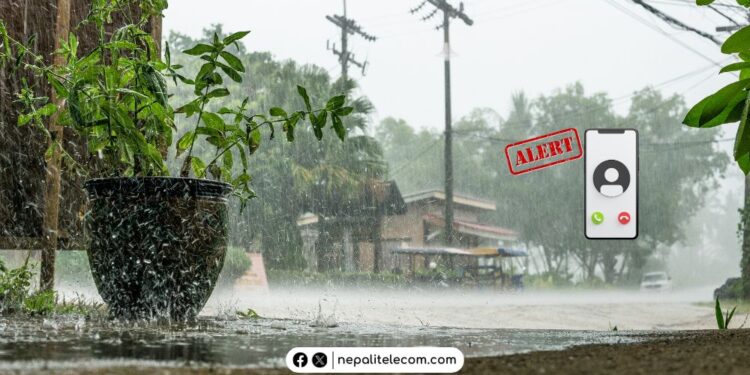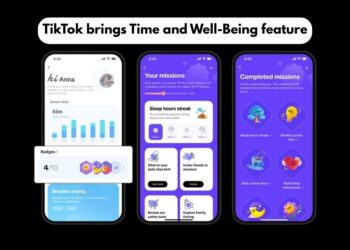- The government of Nepal issued 50 lakh (5 million) messages that requested people to move to safe places during floods and landslides.
- The Department of Hydrology and Meteorology sent an extraordinarily high volume of disaster-related messages to the public..
- The DoHM cooperated with the country’s two telecom operators, Nepal Telecom (NTC) and Ncell, to send messages in an effort to avoid.
The government of Nepal issued 50 lakh (5 million) messages on Ashoj 18, 2082, requesting people to move to safe places from possible flood and landslide. The Department of Hydrology and Meteorology sent an extraordinarily high volume of disaster-related messages to the public.
The DoHM cooperated with the country’s two telecom operators, Nepal Telecom (NTC) and Ncell, to send messages in an effort to avoid any loss of lives and properties. The department always operates with the telecom companies to disseminate information when there is a risk of natural disasters. We have seen this practice during earthquakes, floods, landslides, etc., in the past, too.
But in 2082, as the resurged monsoon posed extreme threats, the department issued a record number of messages on a single day. The MoCIT also acted to ensure connectivity during monsoon threats.
The department (DoHM) operates under the Ministry of Energy, Water Resources, and Irrigation.
The government is also making effort to send voice alerts to dispatch flood/landslide warning.
Nepal Government sent 50 lakh flood/landslide awareness messages
Flood Forecasting Section chief Binod Parajuli said that the DoHM sent 50 lakh messages as part of the rescue effort from floods and landslides across the country.
He said that the department spent the entire day (on Ashoj 18) notifying people of risks. “There is a risk in this area, please stay alert,” he said. He added, “We sent 5 million messages through Nepal Telecom and Ncell. This also played a major role in reducing the loss of life and property.”
According to Parajuli, the work of the department was very successful in averting possible risks. But he also shared that sufficient investment is necessary in preparedness and early warning to make the early warning system more effective.
There are sometimes debates on whether people should be forced to listen to messages or information during calls. There is even a writ petition against Ntc CRBT. But when it is a matter of natural disasters, there is no debate. Any form of messages in such times can play an effective role in updating people of weather conditions and saving lives and properties. In fact, these are the times when communications services become more important and their importance also shows strongly.
Did you receive the message from DoHM on Ashoj 18 regarding the flood and landslide awareness? Do share how you felt about the government’s use of communications in dispatching information during the natural crisis.











